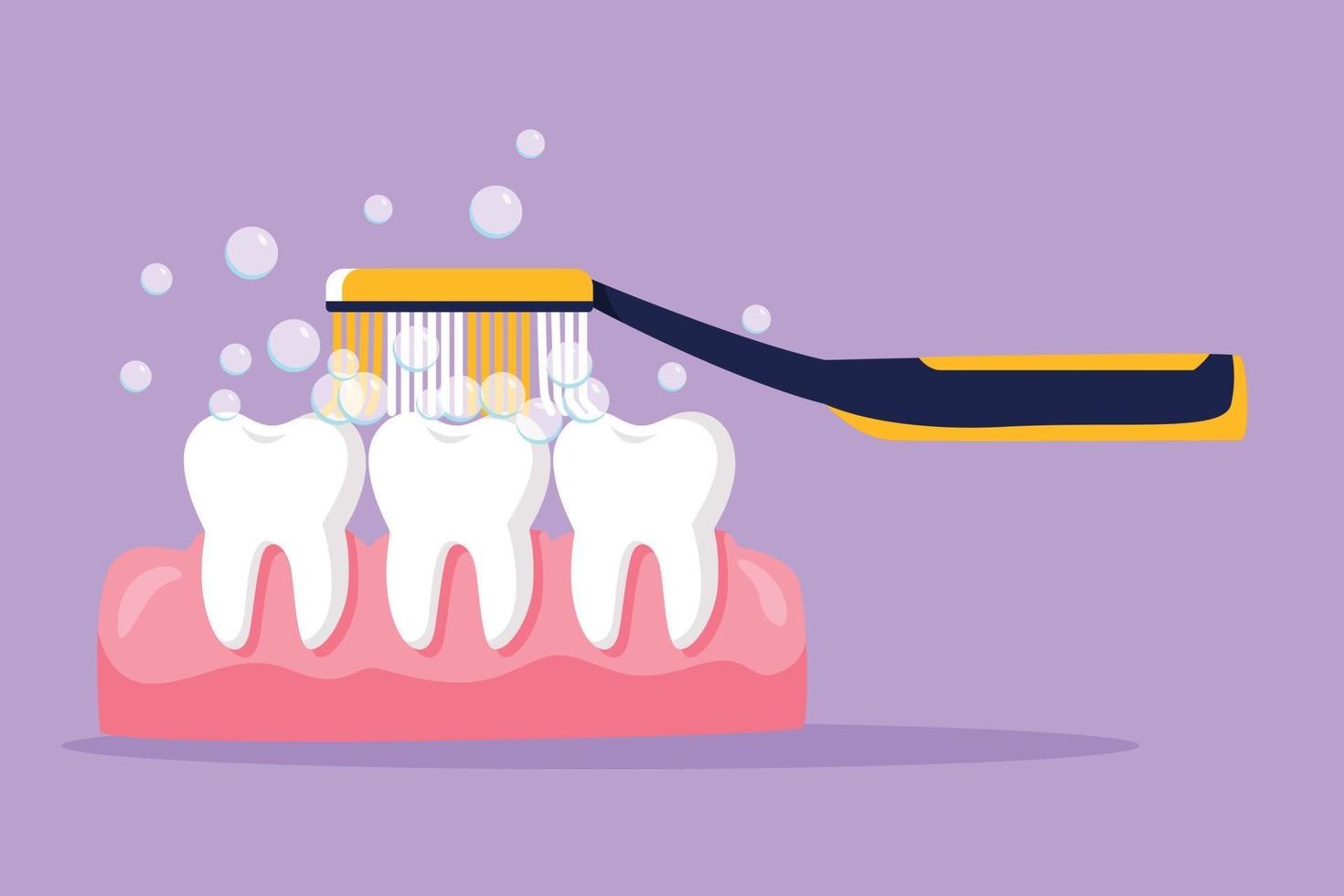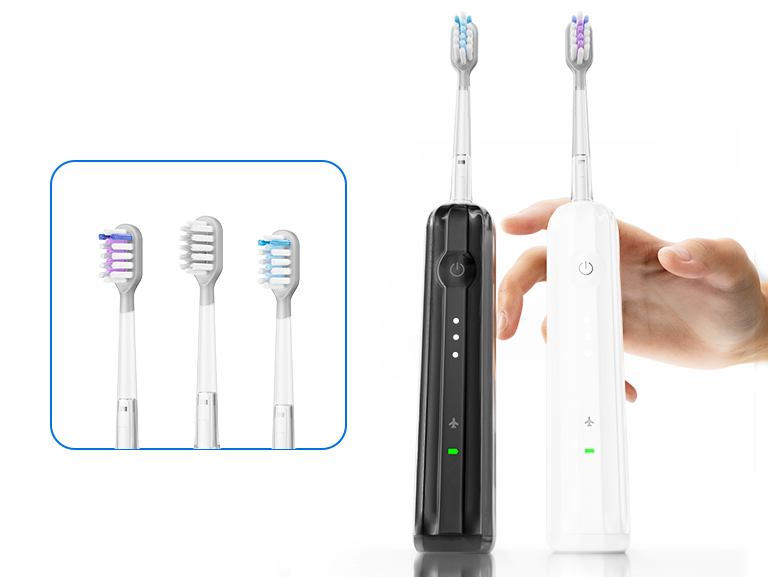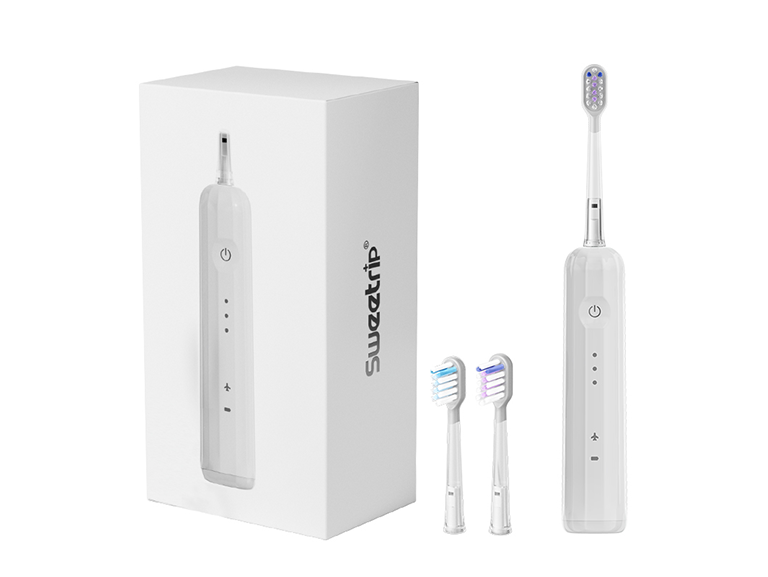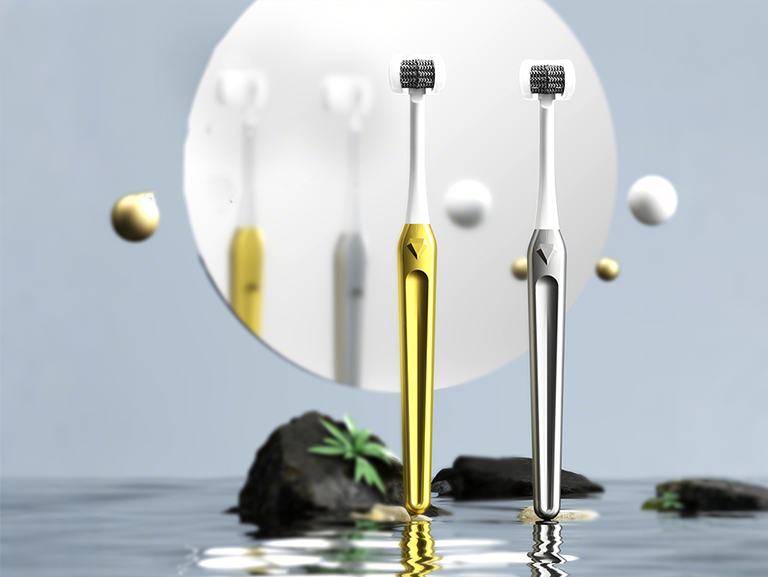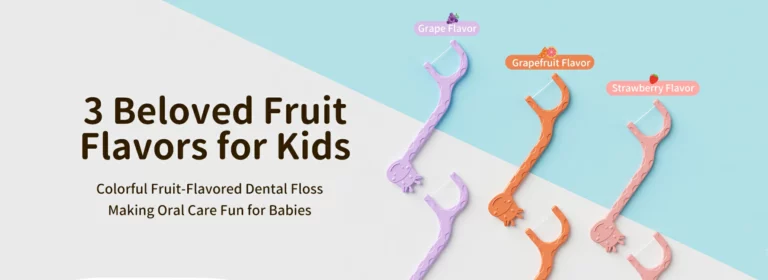Maintaining oral hygiene is essential for overall health, and proper tooth brushing is a fundamental part of this. Brushing your teeth may seem simple, but the technique, duration, and tools you use can greatly impact your oral health. This guide will walk you through the correct way to brush your teeth to help prevent dental diseases and keep your smile healthy.
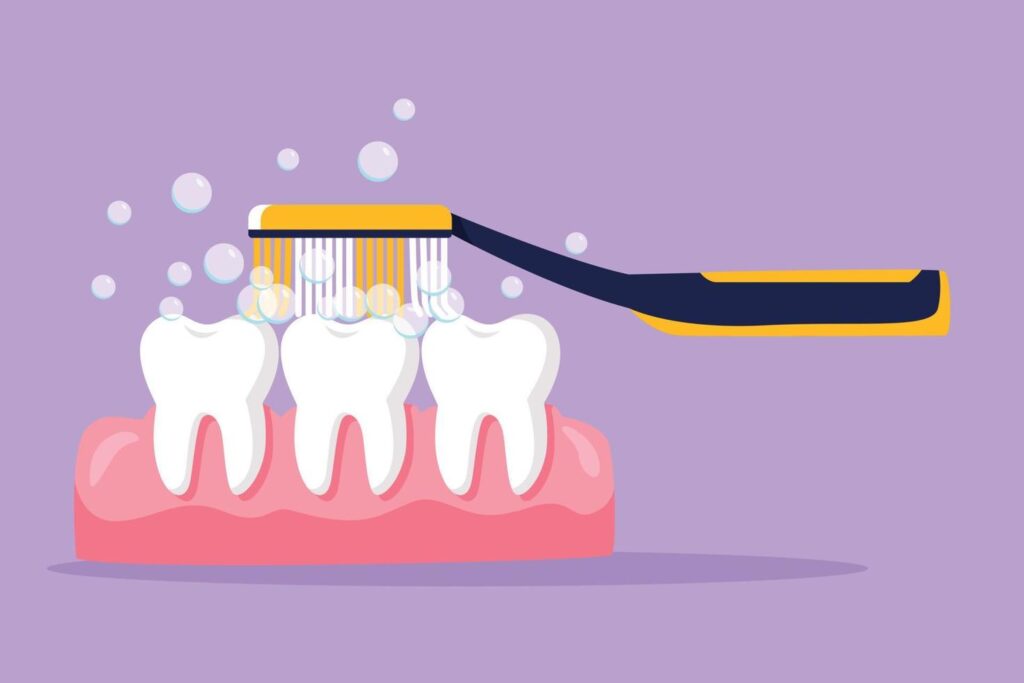
Why Brush Your Teeth Correctly Matters
Daily brushing helps remove plaque and bacteria that continuously form on your teeth and along the gumline. If not removed, plaque can harden into tartar, leading to cavities, tooth decay, and gum disease. Proper brushing is crucial to avoid these issues and maintain a bright, healthy smile.
Step-by-Step Guide to Brush Your Teeth Correctly
Step 1: Focus on the Outer Surfaces
Start by brushing the outer surfaces of your teeth. Brush the upper teeth first, then move to the lower teeth. Take your time to ensure you cover each tooth thoroughly, reducing the chance of missing any spots.
Step 2: Angle Your Brush Correctly
Hold your toothbrush at a 45-degree angle toward the gumline. This angle helps the bristles reach beneath the gums to remove plaque and food particles. Gently move the brush back and forth in short strokes to clean effectively without irritating your gums.
Step 3: Don’t Neglect the Inner Surfaces
The inner surfaces of your teeth are just as important but often overlooked. Using the same 45-degree angle, brush the inner surfaces of your teeth with short, gentle strokes. Make sure to reach all areas, including the hard-to-reach back teeth.
Step 4: Clean the Chewing Surfaces
The chewing surfaces of your teeth, especially the molars, can trap food particles. Use short, vigorous back-and-forth strokes to clean these surfaces thoroughly and prevent decay in the grooves of your teeth.
Step 5: Brush Your Tongue
Brushing your tongue is essential for removing bacteria that cause bad breath. Gently brush your tongue from back to front to maintain fresh breath and reduce the buildup of bacteria.
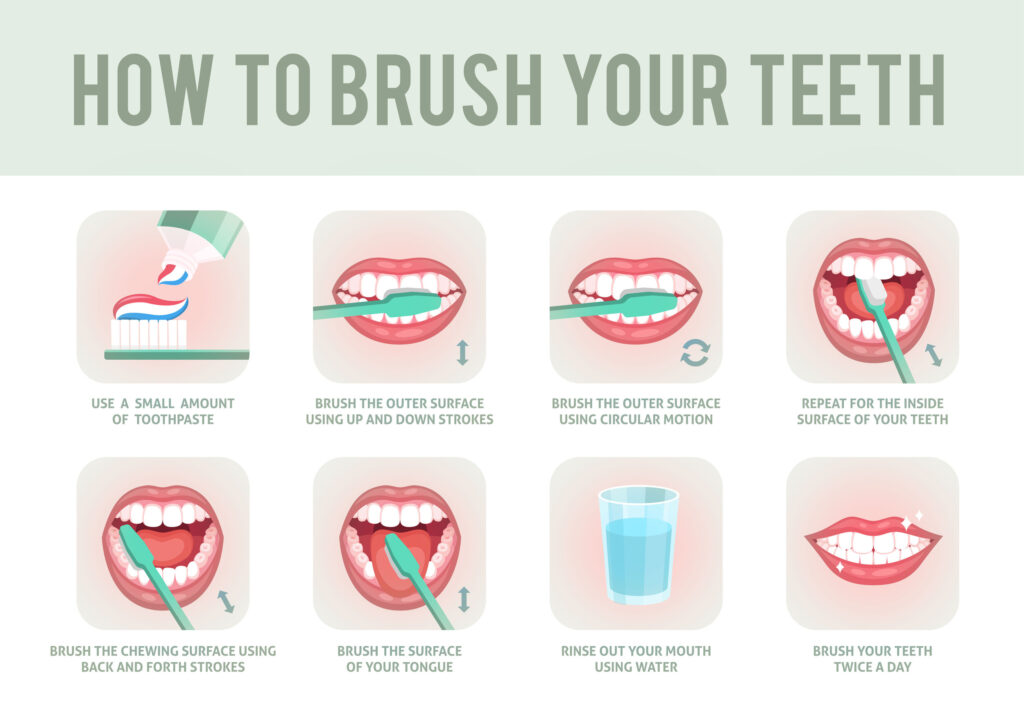
Tips for Better Brushing
Implementing the right technique is crucial, but using the right tools and avoiding common mistakes is equally important. Here are some frequently asked questions about brushing:
How Long and How Often Should I Brush?
Brush your teeth twice a day for two minutes each time. Setting a timer can help ensure you’re brushing for the full duration, giving your teeth the attention they need.
What Type of Toothbrush Should I Use?
The American Dental Association (ADA) recommends using a soft-bristled toothbrush. A small-headed toothbrush can better reach all areas of your mouth. For those with limited manual dexterity, an electric toothbrush is a great option.
What Toothpaste Should I Use?
Choose a toothpaste that meets your specific needs, such as cavity protection, whitening, or sensitivity relief. If you’re unsure, consult your dentist for personalized advice.
Can You Overbrush Your Teeth?
Yes, brushing too hard or too often can cause gum recession, sensitivity, and enamel wear. Use a gentle touch to protect your teeth and gums.
When Should I Replace My Toothbrush?
Replace your toothbrush every three to four months or sooner if the bristles become frayed. Also, replace it after any illness to prevent reinfection.
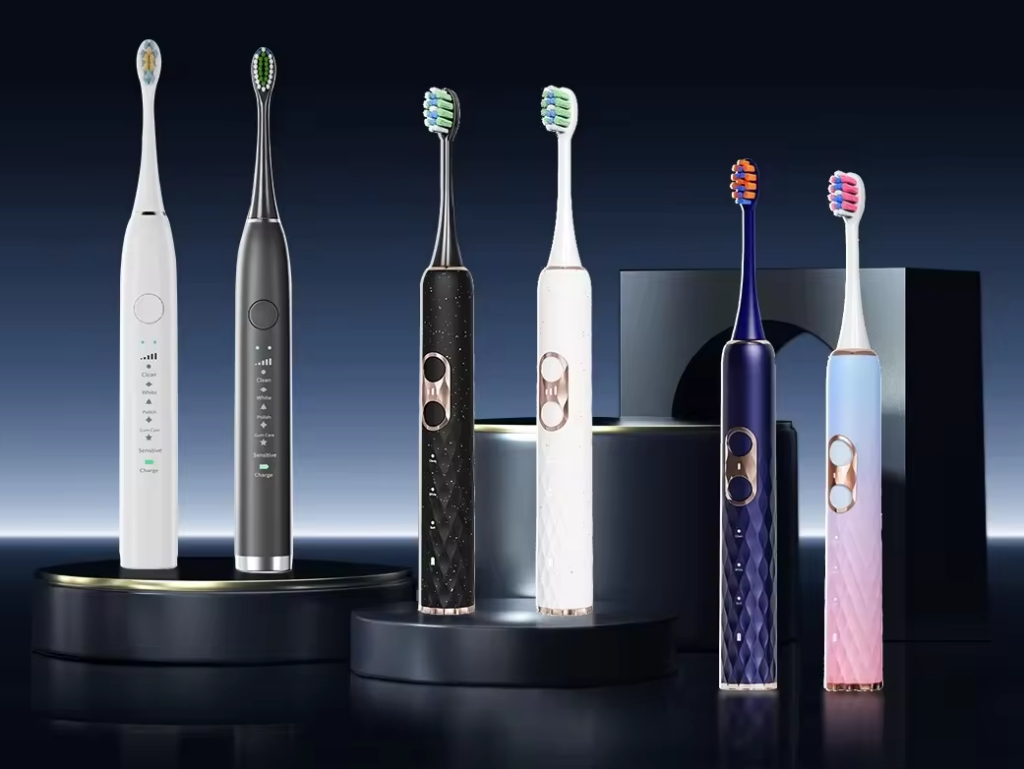
Additional Oral Care Tips
While brushing is essential, it’s just part of a complete oral care routine. Consider these additional tips:
- Floss Daily: Flossing removes plaque and food particles from areas your toothbrush can’t reach. Make it a daily habit to prevent cavities and gum disease.
- Eat a Balanced Diet: Limit sugary snacks and beverages to prevent tooth decay. A balanced diet supports overall dental health.
- Visit Your Dentist Regularly: Regular dental checkups, at least twice a year, are crucial for professional cleanings and early detection of potential issues.
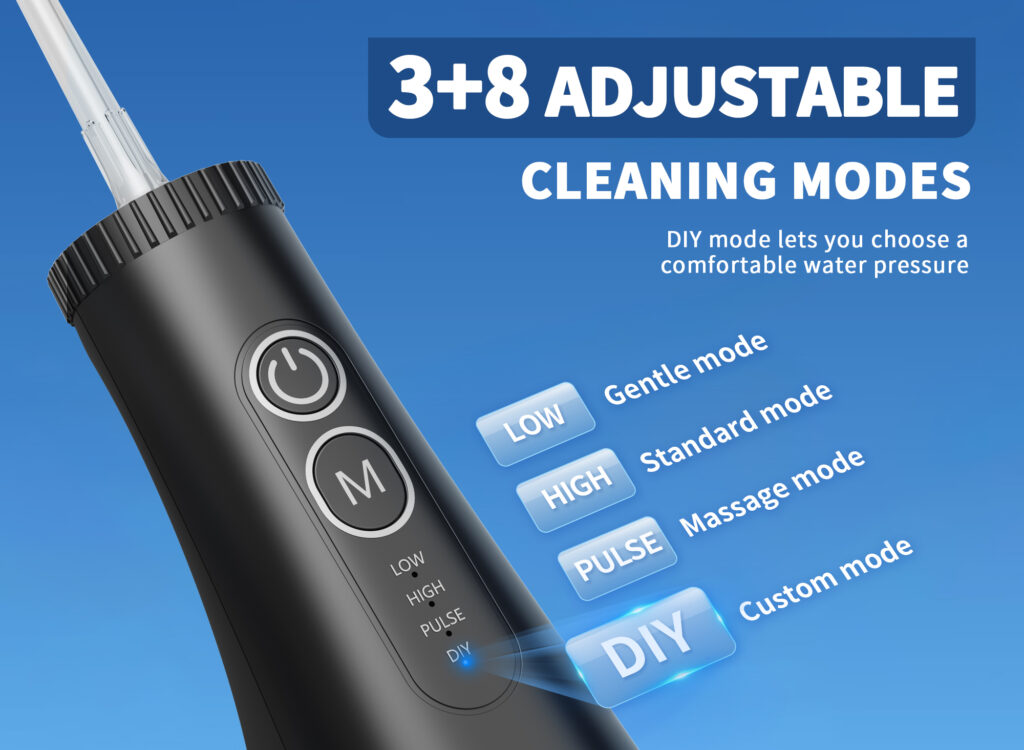
Conclusion
Proper brushing is key to maintaining healthy teeth and gums, preventing cavities, and avoiding costly dental procedures. By following the steps and tips outlined in this guide, you can ensure your teeth stay clean and healthy, contributing to a bright smile and overall well-being.

